Tokyo Art Scene: Painting, the Avant-Garde and Other Photography Exhibits
Toshio Shibata, Risaku Suzuki and Gerhard Richter
Tokyo Art Scene is a biweekly report on ongoing art and design exhibitions around Tokyo. It features event listings for architecture, art, ceramics, design, fashion, fine arts, photography and print (both the modern and the traditional) as well as digitally-themed presentations.
Photography, popularized in the 19th century, evolved concurrently with painting and the two forms inspired each other. Painters were drawn to inventive camera techniques and photographers studied diverse art movements such as impressionism and surrealism. This week we check out ongoing exhibitions at the Tokyo Photographic Art Museum, Artizon Museum and the National Museum of Modern Art, Tokyo (MOMAT) to discover how these two creative media complemented each other in the development of the arts from the 20th century to the present.
“Avant-Garde Rising: The Photographic Vanguard in Modern Japan”
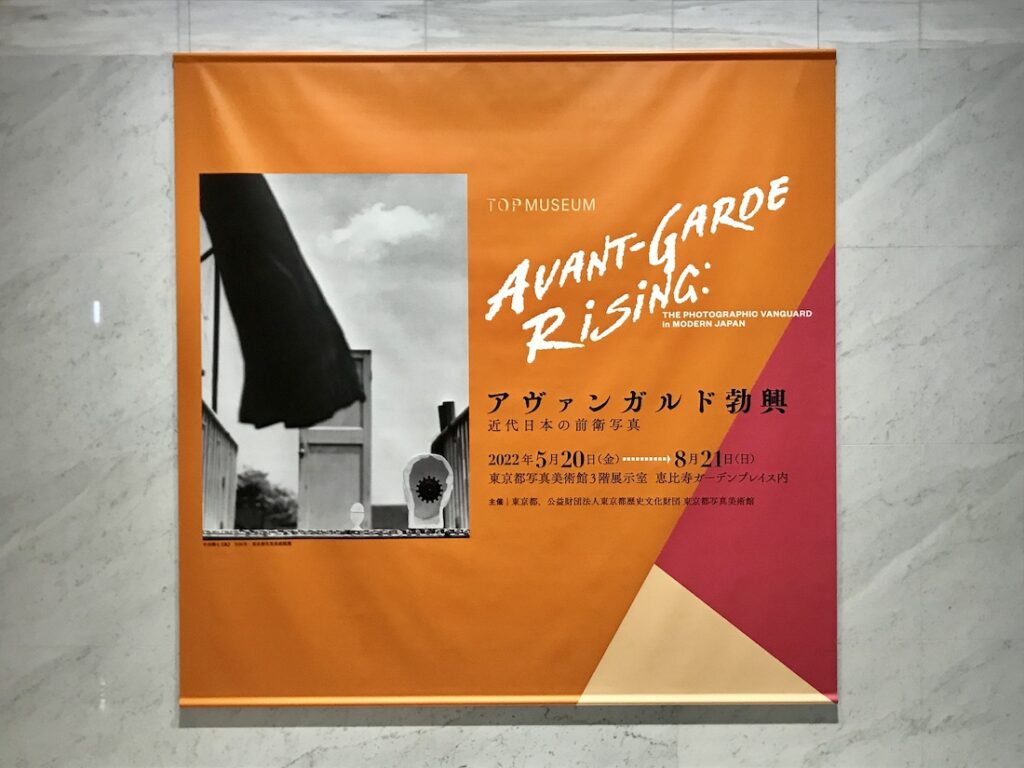 © Photo by Alma Reyes
© Photo by Alma ReyesAvant-garde photography refers to the photography movement from the 1920s (from 1930s in Japan) to the 1940s, which encompassed cultural ideas from artists, photographers, directors, writers, composers and philosophers. The works were experimental and innovative and led to novel and radical forms of expression. In modern Japan, the movement was largely influenced by surrealism and abstract art from abroad. Until this period, simple photography had been solely associated with painting. However, avant-garde photography embraced inspirations from poetry, design and other fields of interest.
The Tokyo Photographic Art Museum in Ebisu is presenting “Avant-Garde Rising: The Photographic Vanguard in Modern Japan” until August 21. It showcases exemplary works by accomplished Japanese and international photographers who have contributed extensively to the avant-garde movement. The exhibition is categorized by photographers representing their regional roots: Osaka, Nagoya, Fukuoka, Tokyo and overseas.
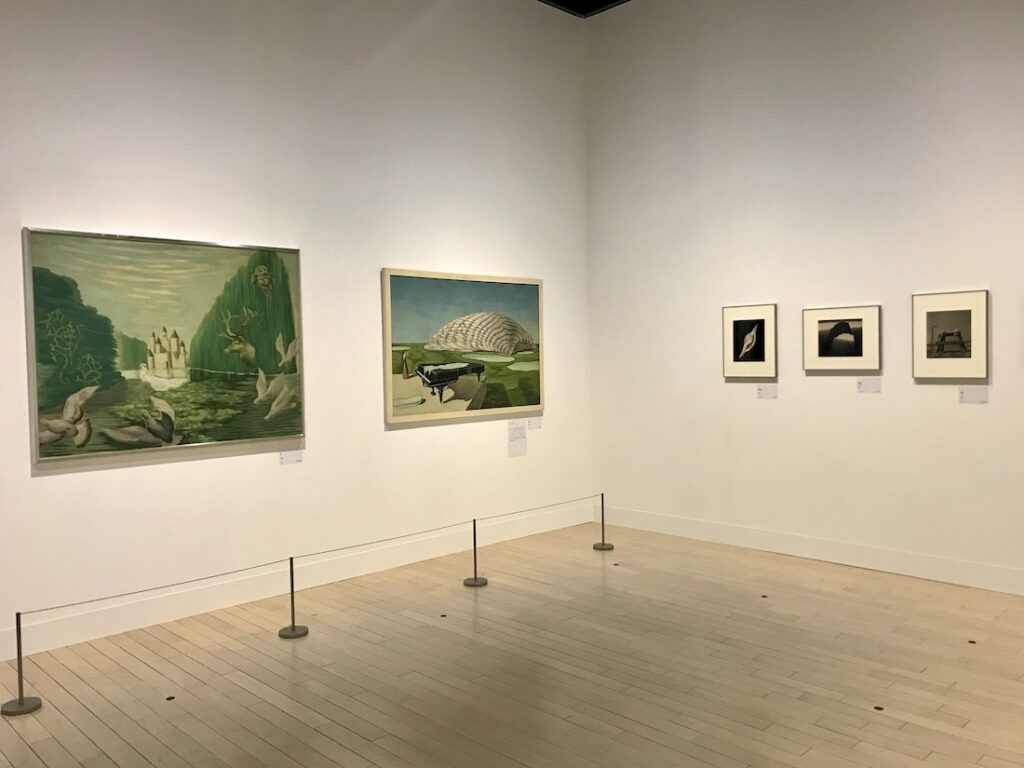 © Photo by Alma Reyes
© Photo by Alma ReyesWe can see wonderful works by Eugene Atget, Man Ray, Cecil Beaton, Brassai, Hans Bellmer and Albert Renger-Patzsch. American visual artist Man Ray was a leading contributor to the dada and surrealist movements. He was widely recognized for his cutting-edge technique of photograms, which involved placing objects directly onto the surface of a light-sensitive material and then exposing it to light without using a camera. Works, such as “Long-haired Woman” (1929) epitomized his avant-garde style of presenting subjects like portraits of art.
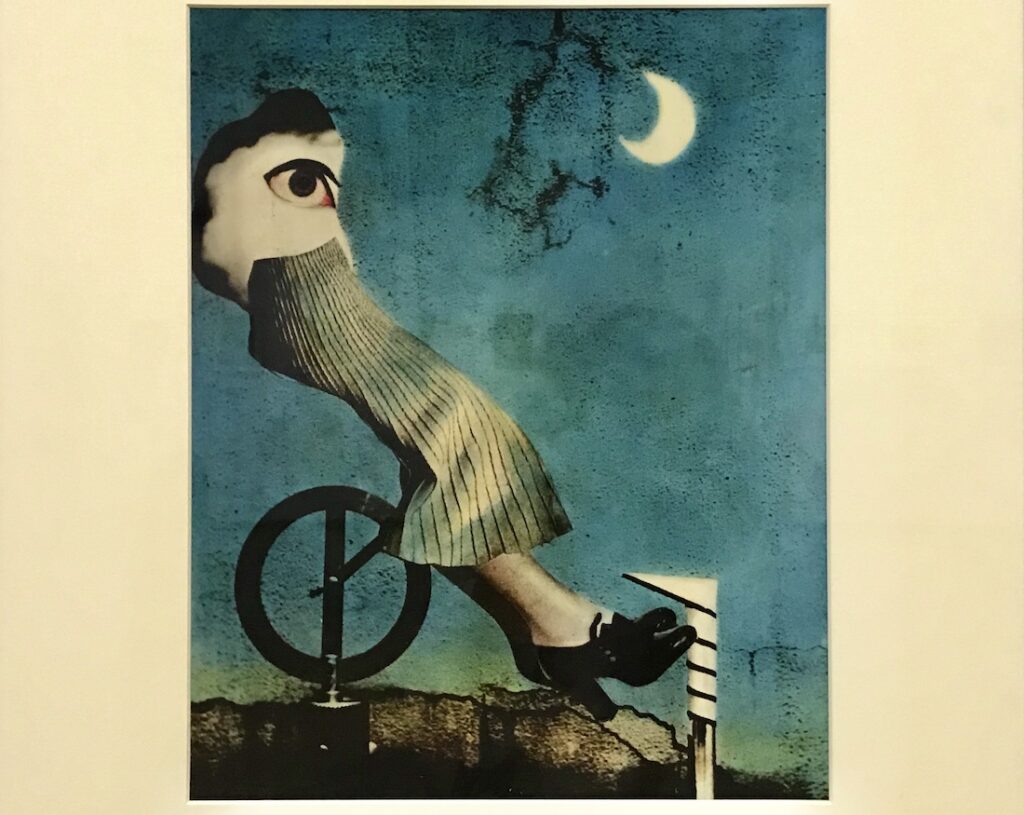 © Photo by Alma Reyes
© Photo by Alma ReyesJapanese photographers are represented by Terushichi Hirai, Kiyoshi Koishi, Keiishiro Goto, Wataru Takahashi, Hiroshi Hamaya and others who adopted the shinko shashin, or “new photography,” style. Hirai, who was extremely imaginative and illusionary in injecting surrealism in his photomontages and color painting on prints, created “Fantasies of the Moon” (1938) by pasting cutouts from printed materials onto a photograph of a wall, then painting the collage by hand. The exhibition clearly reveals the breadth of aesthetic possibilities between photography and fine art.
- Date
- Now through Aug. 21, 2022
- Time
- Daily except Mon (or the following weekday if Monday is a holiday) from 10 a.m. to 6 p.m. (Until 8 p.m. on Thu and Fri)
- Location
- The Tokyo Photographic Art Museum, Yebisu Garden Place, 1-13-3 Mita, Meguro-ku, Tokyo - Map
- Fee
- ¥700 (Check the site for combination fees)
- Info
- Access: Ebisu station East Exit on JR Yamanote line and Exit 1 on Hibiya line
“Photography and Painting: From Cézanne, Shibata Toshio and Suzuki Risaku Jam Session”
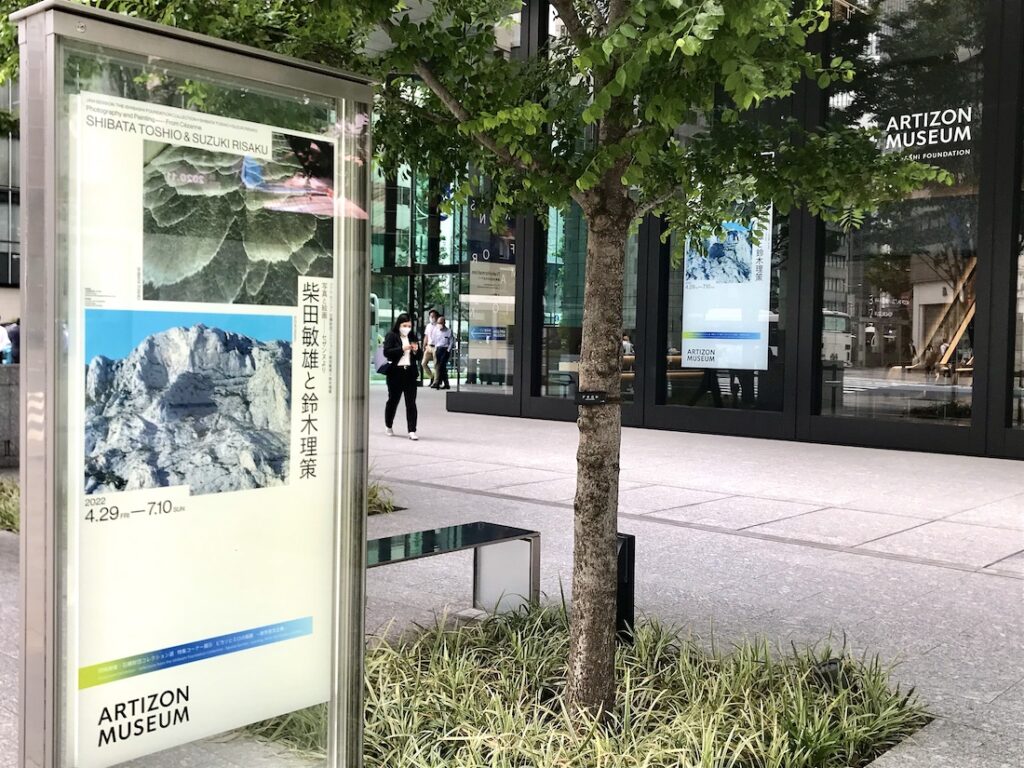 © Photo by Alma Reyes
© Photo by Alma ReyesEvery year, Artizon Museum in Kyobashi holds a “jam session” to combine selected works from the Ishibashi Foundation Collection with those of contemporary artists. This year, “Photography and Painting: From Cézanne, Shibata Toshio and Suzuki Risaku Jam Session: The Ishibashi Foundation Collection × Shibata Toshio × Suzuki Risaku” is being shown until July 10.
Contemporary artists Toshio Shibata and Risaku Shibata share their creative ideas by showing the dynamic relationship between painting and photography. Shibata uses a large format camera to capture landscapes with structures of dams and concrete walls. He expresses life energy in forms, rather than human subjects, in a “non-definitive” moment. Suzuki focuses on themes reflecting mountains, cherry trees, snow, flowers, portraits and water surfaces. He brings photography closer to the experience of visual perception. Both have acquired deep interest in post-impressionist painter Paul Cézanne for his individualistic sense of vision and conformity to nature. They also take inspiration from Henri Matisse, Piet Mondrian; Gustave Courbet, Claude Monet and Pierre Bonnard.
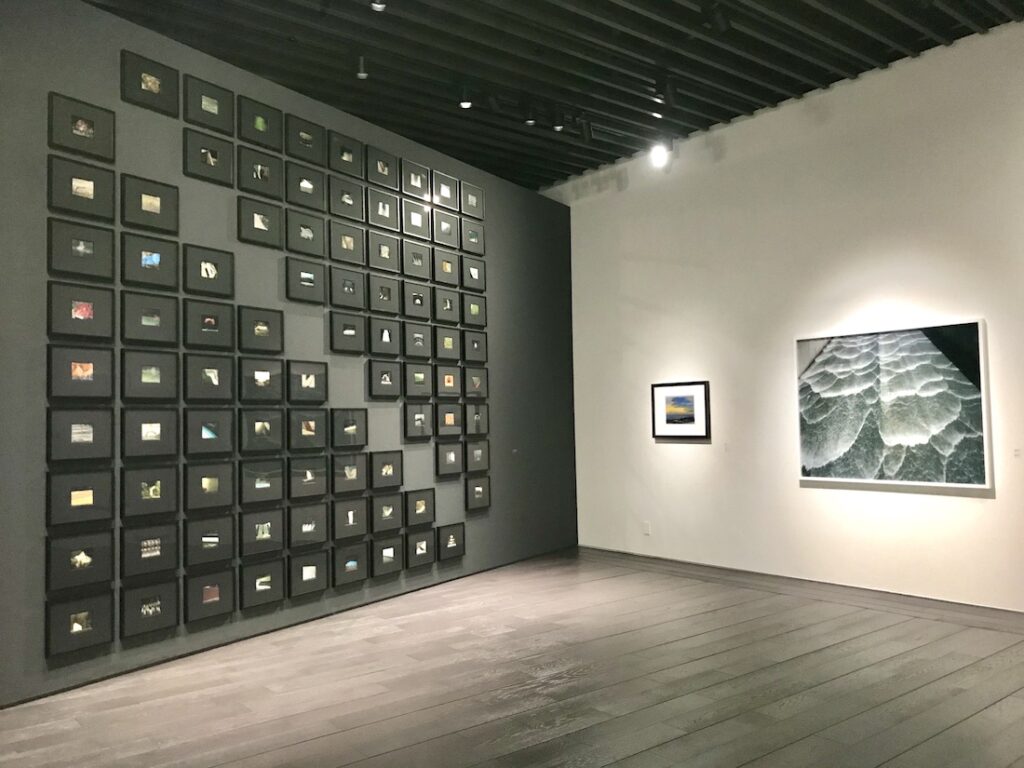 © Photo by Alma Reyes
© Photo by Alma ReyesConsisting of more than 280 works, including 130 new and unpublished pieces and 40 from the Ishibashi Foundation Collection, the exhibition is divided into six sections including one each for Cézanne and Sesshu.
Shibata’s “Okawa Village, Kochi Prefecture” (2007) is a striking shot of a red steel bridge, drenched in golden afternoon light against misty moss green mountain scenery. Shibata remarked, “I discover the forms needed to compose the picture plane, even if they are not ordinary objects…I do not explain but aim for what I see as becoming a work, due to that presence that will have that power one could call a tableau.”
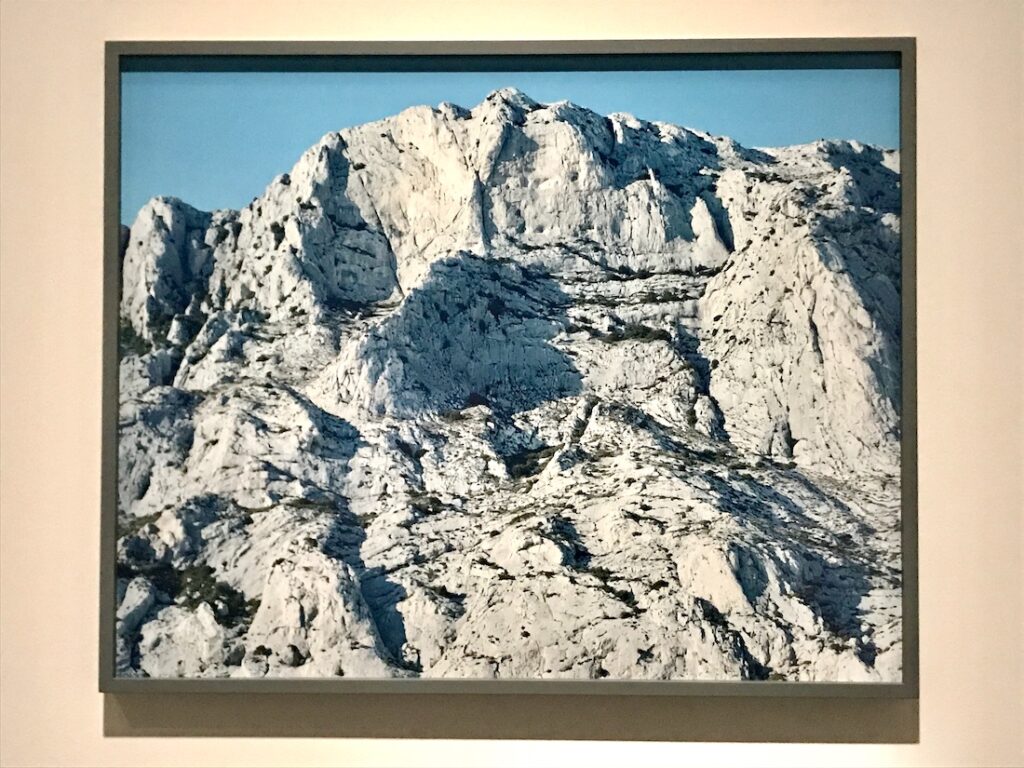 © Photo by Alma Reyes
© Photo by Alma ReyesIn Suzuki’s “Sensation 09, C-58” (2009), the strong details of the limestone mountain resemble Cézanne’s “Mont Sainte-Victoire and Château Noir” (c. 1904-06), in which Cézanne employs several brushstrokes from a single block of color to exude depth and a vibrant rhythm. Suzuki explained, “By making that mountain my subject, I could consider the nature of that painter’s gaze or possibly become aware of the presence of that painter, Cezanne.”
Simultaneously, you can also check out “Transformation: Arts Crossing Borders in the 19th and 20th Centuries” and “Selections from the Ishibashi Foundation Collection Special Section Learning: Prints by Picasso and Miró” in the same museum with the same ticket, which also run through July 10.
- Date
- Now through Jul. 10, 2022
- Time
- Daily except Mon from 10 a.m. to 6 p.m. (Until 8 p.m. on Fri)
- Location
- Artizon Museum, 1-7-2 Kyobashi, Chuo-ku, Tokyo - Map
- Fee
- ¥1,200 Online ticket / ¥1,500 Same-day ticket at the counter (including “Transformation: Arts Crossing Borders in the 19th and 20th Centuries” and “Selections from the Ishibashi Foundation Collection Special Section Learning: Prints by Picasso and Miró”)
- Info
- Access: Tokyo station, Yaesu Central Exit on JR line; Kyobashi station Exit 6, 7 on Ginza line; Nihombashi station Exit B1 on Ginza, Tozai and Toei Asakusa lines
“Gerhard Richter”
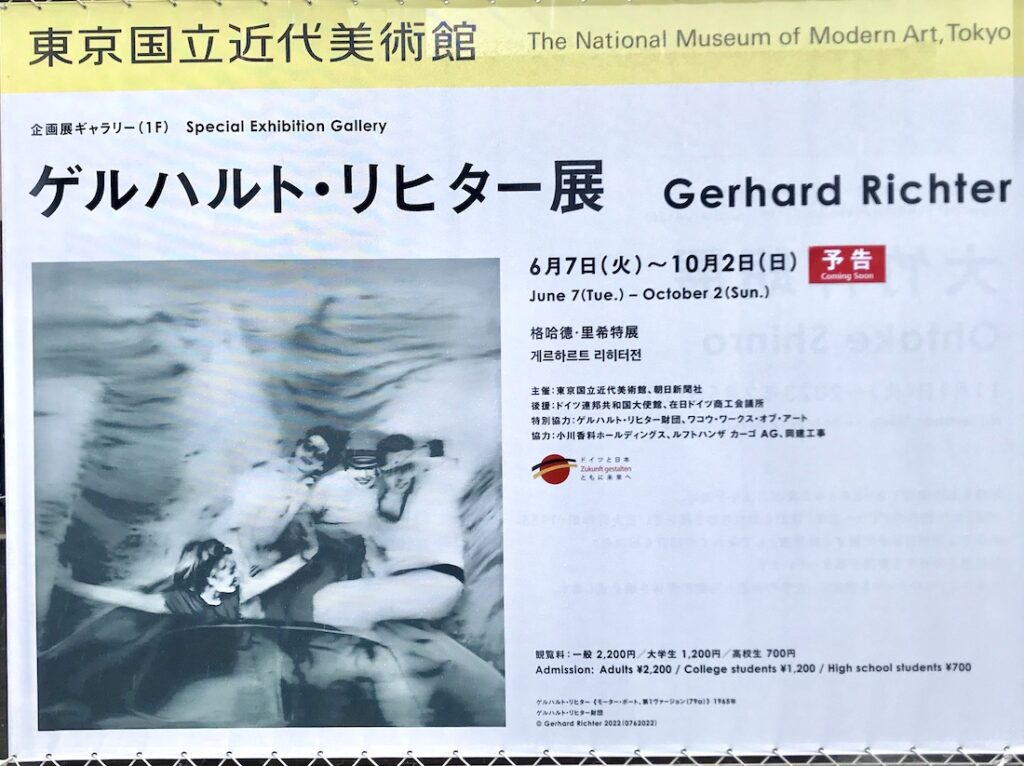 © Photo by Alma Reyes
© Photo by Alma ReyesOne of the most outstanding artists of this era, Gerhard Richter has been highly acclaimed for his innate ability to use imagery from photographs and render them in paint on a canvas. In his first grand solo exhibition at a museum in Tokyo, “Gerhard Richter,” running through Oct. 2 at MOMAT, features 122 works mostly from the collection of Gerhard Richter Foundation. It covers oil paintings, photographs, digital prints, color charts, glass and mirrors.
Spanning over 60 years, Richter’s extensive artistic practice has unfurled a new vision of landscapes, still lifes, portraits and daily scenes interpreted in graphical and abstract representations. “Birkenau” (2014) makes its debut in Japan. It consists of four enormous paintings (260×200 centimeters each) matched with their photograph versions in exactly the same size and a large horizontal mirror work, “Grey Mirror.” Underneath the abstract paintings are hidden layers of images secretly taken by a prisoner at the Auschwitz-Birkenau concentration camp. Richter has achieved a sense of personal liberation to be able to express his sentiments on the Holocaust.
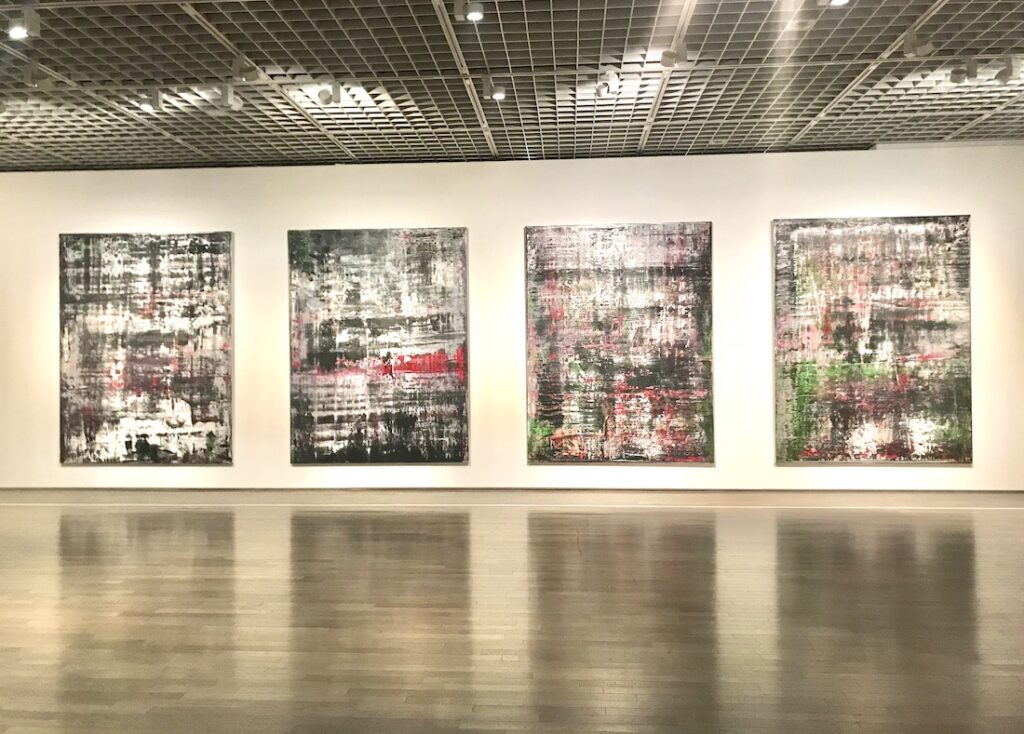 © Photo by Alma Reyes
© Photo by Alma ReyesThe section on overpainted photographs illustrates the artist’s brilliant technique in applying oil or other media to photographs. An example is “April 28, 2015” (2015) on which Richter dabbed sparkling red, blue, green and white oil paint to camouflage an ocean view photograph, transforming the picture into a new creation of art.
His gallery of photo editions and photo paintings, such as “Motor Boat (1. Version) (1965, Collection of the Gerhard Richter Foundation, Gerhard Richter 2022, 07062022), and “Ella”(2007) are mesmerizing, evoking supple brushstrokes that blur the outlines of the subjects so they appear like soft-focus photographs, but are actually paintings.
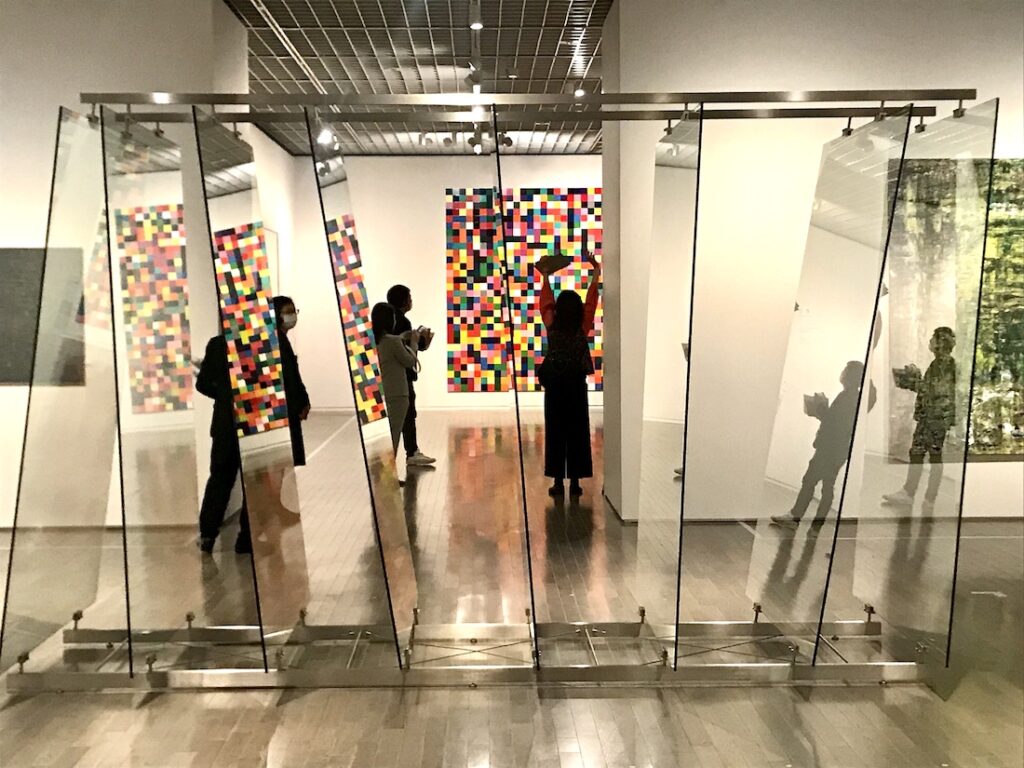 © Photo by Alma Reyes
© Photo by Alma ReyesDon’t miss the intriguing “Eight Panes of Glass” (2012) mirror installation and more of the artist’s works at the Momat Collection Gallery on the second floor, presented in conjunction with the Gerhard Richter exhibition. They also include pieces by Richter’s German art contemporaries. You can also visit the concurrent exhibitions “New Acquisition & Special Display: Pierre Bonnard, Landscape in Provence,” both running through October 2.
- Date
- Now through Oct. 2, 2022
- Time
- Daily except Jul. 19, Sep. 20 and Mon (except Jul. 18 and Sep. 19) from 10 a.m. to 5 p.m. (Until 8 p.m. on Fri and Sat)
- Location
- The National Museum of Modern Art, Tokyo, 3-1 Kitanomaru-koen, Chiyoda-ku, Tokyo
- Fee
- ¥2,200 (including “New Acquisition & Special Display: Pierre Bonnard Landscape in Provence” and “MOMAT Collection”); Online and same-day tickets available
- Info
- Access: Takebashi station Exit 1b on Tozai line
These shows will certainly evolve your outlook on photography and painting into unexpected dimensions. While you feel inspired, enjoy a day of shopping and gourmet food at Yebisu Garden Place or strolling around the Imperial Palace and Kitanomaru National Garden, which are close to the exhibition venues.
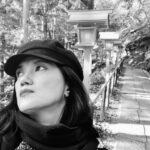

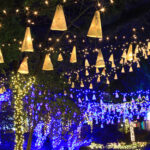









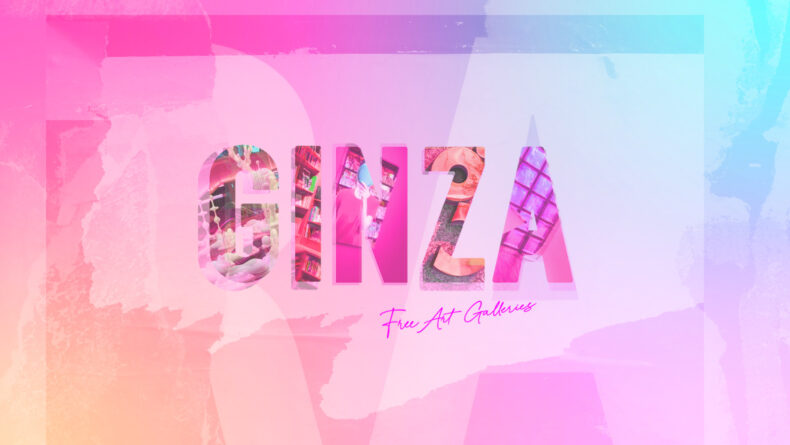
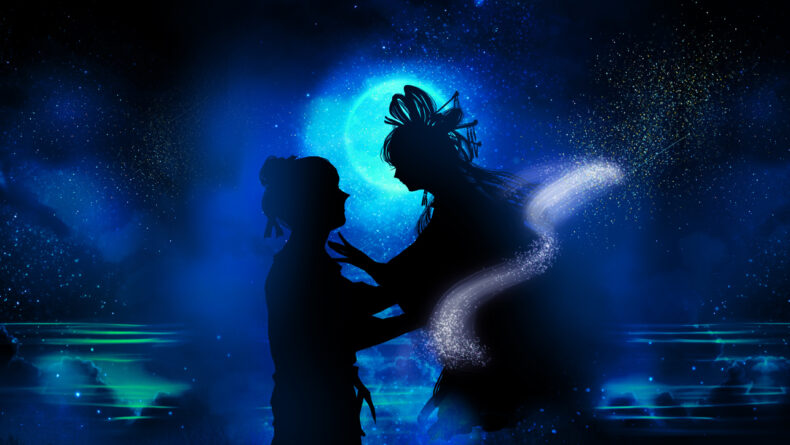
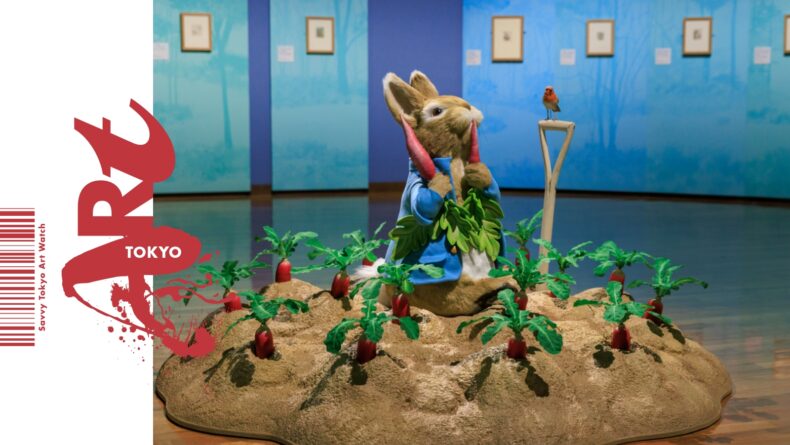
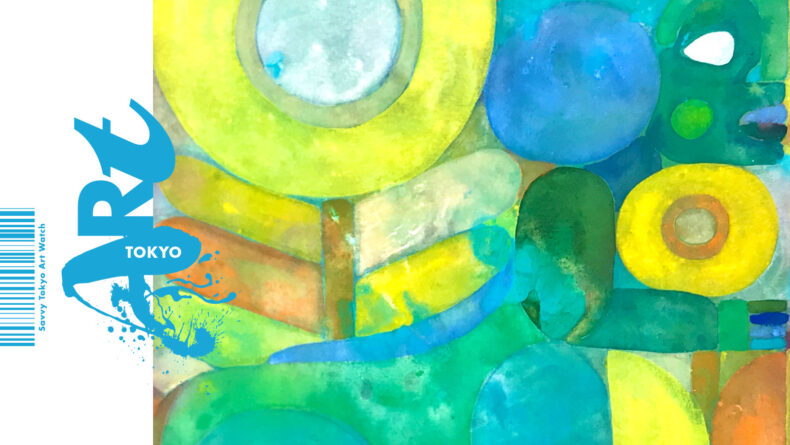
Leave a Reply